Table of Contents
Introduction
Sennheiser has been busy with the gaming market, comprising of eleven models split between the GSP and GAME lineups. I’ll be the first to admit that I have never tried a Sennheiser gaming headset before this. Logitech, ASTRO or Razer? Plenty of times. Sennheiser? A relatively rare sight in the gaming headset-sphere.
However, I have heard of Sennheiser’s PC-series of gaming headsets, in particular the 3XX series. My first exposure to the lineup was probably the PC360, which was then revamped by Drop (formerly Massdrop) into the new PC37X to strong success (53.4k units sold as of this post!).
Now Drop revamps the PC37X once again, this time with the creatively-named PC38X. Can it capture the hearts of the fastidious audiophile-gamer?
Product page: https://drop.com/buy/drop-sennheiser-pc38x-gaming-headset
MSRP: $170
Driver configuration: Dynamic
This PC38X was kindly provided by Drop.
Signature & Tonality
Not sure how to read graphs? Click here
The PC38X’s signature can be described as simply “neutral”. Perhaps edging on the slightly darker side of neutral, but for most ears the PC38X should be equally balanced throughout the frequency spectrum.
If one finds the Sennheiser HD560S a little too bright or strident, the PC38X would probably be its tonal antithesis. The PC38X reins in the spice and delivers a more smooth, arguably more balanced presentation, and also does sound like it has a warmer tilt in comparison to the HD560S.
Is it “tonally perfect” then? Well… not quite. The PC38X does have a little bit of nasally-ness going on in the vocals, and I find myself wanting a little more extension into the air frequencies just to round everything off. But in general for those looking for a neutral headphone with few tonal quirks, the PC38X is surprisingly competent at that. But of course, being musically competent doesn’t necessarily guarantee being… uh, gaming-ly competent.
The PC38X’s tonal balance is a rather big departure from what I’m used to with typical “gaming headphones”, particularly those from Logitech and Razer. Most of the time such headphones branded for the gamer crowd tend to be rather bassy so as to greater enhance cinematic effects, mostly explosions and vehicle noises. The PC38X barely has any kind of colouration going on with it, which could be a good thing when it comes to the music-focused audiophile crowd but not necessarily to the gamer crowd who have a completely different set of priorities.
Now, my hardcore gaming days are pretty far behind me (or at least, far more conservative nowadays as compared to the days when I’d drop 50-hour weeks into whatever newfangled game I’ve gotten into that month) but I have been playing a couple hundred hours of Call of Duty: Black Ops Cold War since getting the PC38X, so I’d consider myself to be at least somewhat qualified to review the PC38X as a gaming headphone. Especially given the “soundwhoring” nature of first-person shooters wherein spatial localisation of footsteps gives one a massive advantage over those playing deaf.
Interestingly enough, the PC38X doesn’t actually emphasise footstep sounds all that much. On the contrary; the PC38X actually has footstep noises slightly muted compared to the rest of the sound mix, and so wouldn’t actually be my first choice for competitive shooters. That said it’s not like I’m struggling to make out footsteps on the PC38X, but there certainly are other headphones that do that much better. The Sennheiser HD800(S) for instance still reign supreme as my go-to tryhard-mode gamer headphones in that they just blast footsteps up forward in the sound mix, but they also cost ten times more than a PC38X so it’s not exactly a fair comparison.
So while the PC38X’s gets near-top scores based on IEF metrics, it’s not exactly the most optimal for a gaming headphone. Caveat emptor.
Tone grade: S-
For more information on the grading system, click here
Technicalities
Here’s where things get nasty.
How can I put it nicely… the PC38X is not resolving. It’s mostly surface-level detail with it, and definition takes a rather big hit as a result. Since we’re talking about a gaming headphone here I’ll use a game-related example here: use a high-enough RPM weapon and the PC38X would just make it sound like a single-tone laserbeam. Footsteps are hard enough to notice as it is given its tonal balance, and the environmental noise threshold required to overwhelm footstep noises is embarrassingly low on the PC38X compared to something like the HD600.
And that’s just talking about its resolution. Moving the topic to stereoimaging capabilities, the one thing a headphone like the PC38X is supposed to do well given its gamer branding, it’s not any better. The PC38X has HD650/6XX-levels of that infamous “3-blob imaging”, that is to say that it can really only properly localise “left, right, and centre”. The soundstage itself is rather intimate and narrow, and while this could be advantage considering that a more forward presentation does help in localisation, it’s not really a benefit in the PC38X’s case.
The PC38X is not a technical headphone, and certainly not one I’d recommend for hardcore gaming.
Technical grade: C-
For more information on the grading system, click here
Valuation
So things get a little confusing here since I’ve been writing this review more in the gamer’s perspective rather than the audiophile one. But in this section I value headphones based on IEF metrics, which are very much audiophile-focused and more about music reproduction than gaming capabilities.
As a headphone-headphone, the PC38X is pretty much carried by the strength of its tuning and tonal balance. It has one of the more agreeable tonalities that I’ve heard, and at its price tag of $170 it’s also hard to beat. But unfortunately it severely lacks in technical performance to the point where it’s a very real potential dealbreaker, even if one was looking to buy one purely for music listening.
I’d personally still use the PC38X given that it has a pretty high-quality microphone which is also much more convenient to use and much less sensitive to environmental noise compared to using a higher-quality desktop microphone, so that’s where my personal valuation of the PC38X lies. As a music-focused headphone the PC38X at least has a specialisation that it can flaunt, and for that reason I’ll say that it’s “worth the price”.
Value Rating: ★
“Worth the price”
For more information on the grading system, click here
Conclusion
In a twist of irony, this headphone branded for gamers wouldn’t be my first choice for videogame sessions.
The PC38X has impeccable tonal balance, probably some of the best that I’ve heard, but stumbles where it matters: spatial localisation of sounds like footsteps and gunfire. A gaming headphone that’s better suited as a general music-listening transducer is certainly one worthy of the tag “Inappropriately Musical”.
Grade: B- ★
Awarded grades are in reference to the Ranking List.
Support me on Patreon to get access to tentative ranks, the exclusive “Clubhouse” Discord server and/or access to the Premium Graph Comparison Tool! My usual thanks to all my current supporters and shoutouts to my big money boys:
“McMadface”
“Galactus”
Will
Man Ho
Denis
Alexander
Tiffany
“Desertscrub”
Alesaiko

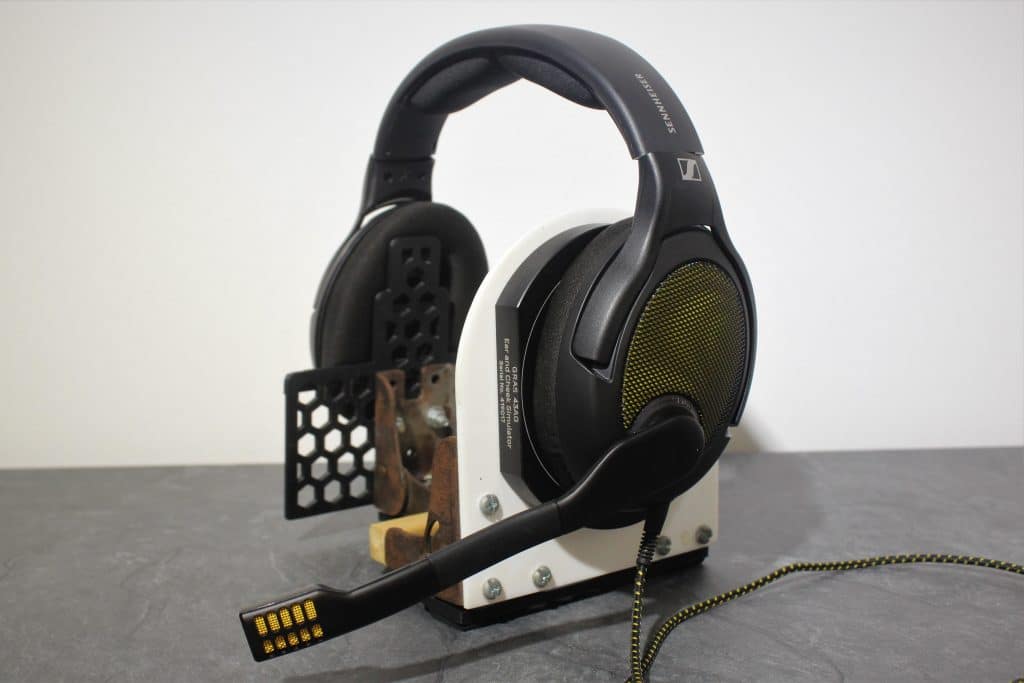
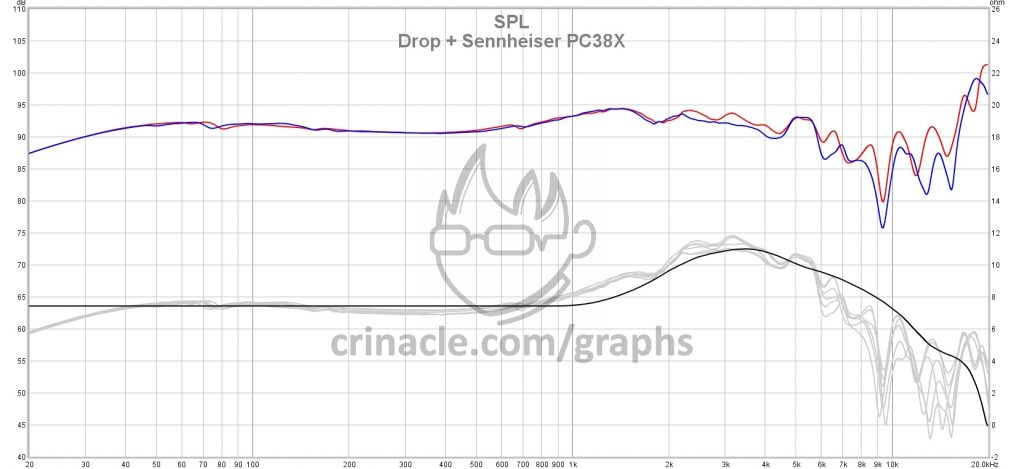
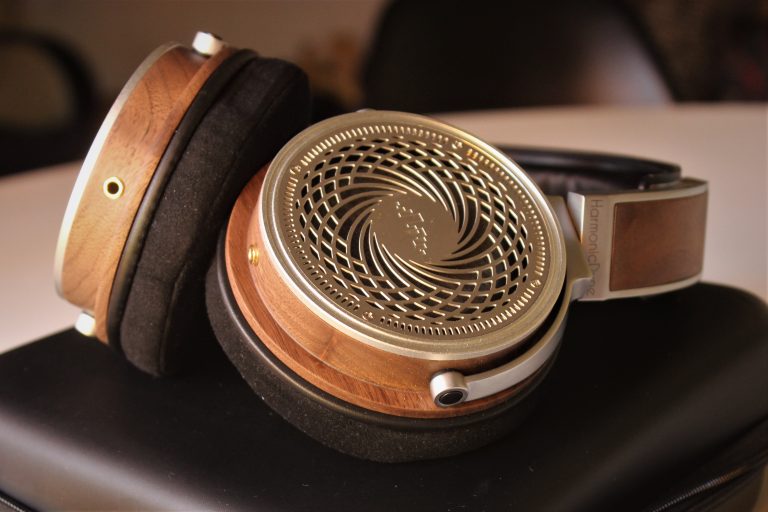


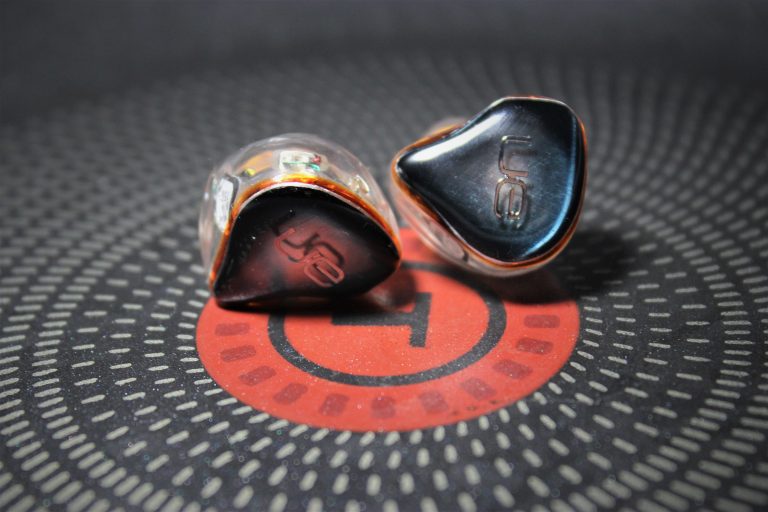
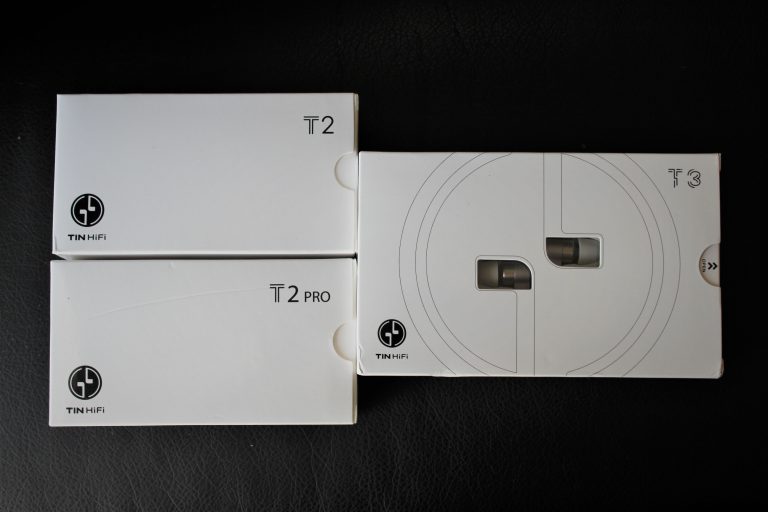
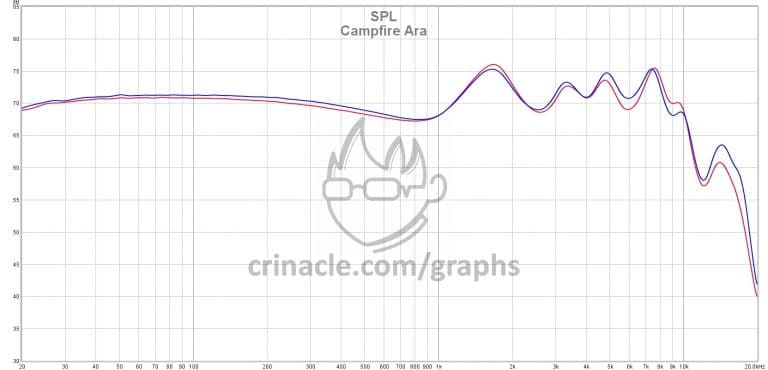

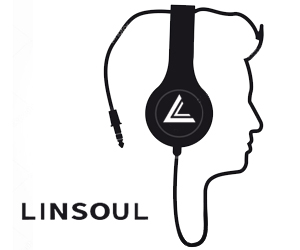


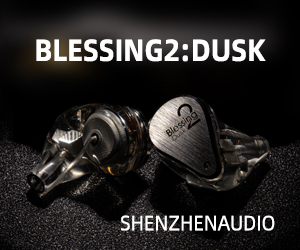
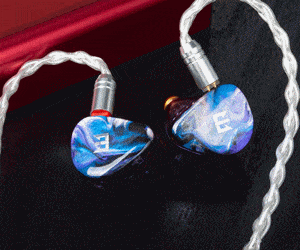

8 thoughts on “Drop + Sennheiser PC38X Review: Inappropriately Musical”
Hi, “this headphone branded for gamers wouldn’t be my first choice for videogame sessions…” therefore could you give us some names? thanks
I have Clear, 612pro, dt880 black, ATH-R70X…(all recommended by you)
I’ve never heard the R70X, but the Clear should have some of the best imaging of your list, along with decent soundstage and a pretty good tuning. That’s the one I’d pick, anyway.
Thank you very much!!! Yes the clear is the best, but during longer gaming sessions they tend to feel quite uncomfortable and heavy ( like nazgriel says about Sundara)
Of all the headphones i’ve owned, ATH-AD900x and 700x are the best ones for gaming. You can also use the r70x which may have less soundstage, but still pretty precise imaging. They are also pretty cheap too, with relatively light weight.
I also have the sundara which also work pretty well but during longer gaming sessions they tend to feel quite uncomfortable and heavy, and they leak sound alot more than a typical open back.
I’ve heard the dt880 and dt990 are also pretty good for gaming, though the 990 may or may not work well for all music genres.
Yes for the comfort the r70 is great. Also 880 sound and fit good. But maybe in this price range there are better headphones…maybe I try yours ath 😉
Are there any headphones/headsets in the $200 price range that have better footstep / imaging than the PC38X? I’ve taken a look at the ATH-AD700X’s but I worry they will be terrible for anything else.
Not sure if it’s too late for you but imo the Beyerdynamic Tygr 300r and the Sennheiser HD560s are worth a look. I really like the 300r sound better personally but both seem top tier for gaming.
Torn between the PC38x and 560s for casual gaming – not competitive. Just looking for immersion and quality sound and willing to get DAC Amp for volume and tuning. A third option? Thanks for the recommendation